Quartz Backsplash Kitchen (Design Guide)
Backsplashes aren’t only a classic and beautiful touch to any kitchen but also a great addition to avoid damaging your walls from cooking spills and splashes. You also have plenty of options regarding the type of backsplash you might want. One suggestion you’ll want to consider carefully is a quartz backsplash, which can be used in some ways to give you a gorgeous and functional kitchen you can rely on.
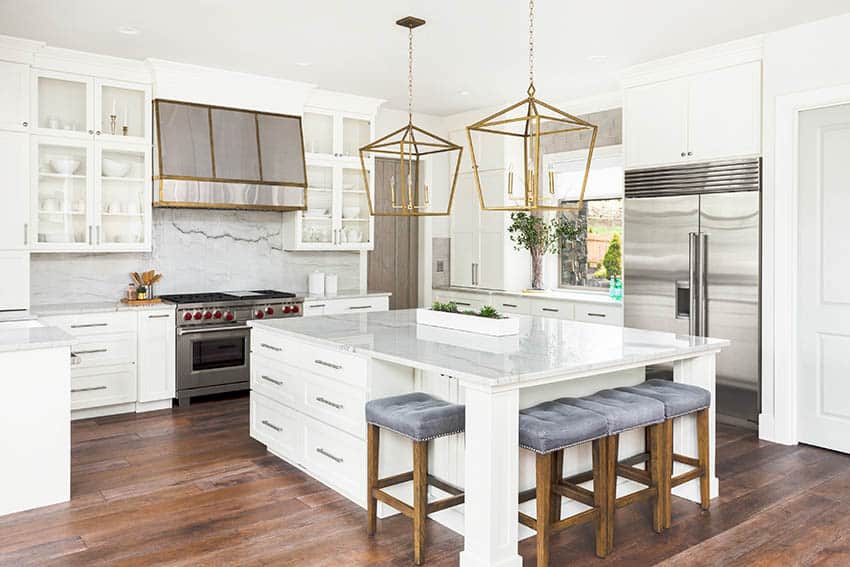
All in all, quartz offers you a lot of options when it comes to how your backsplash looks and performs. Considering your quartz options will help ensure you have the kitchen of your dreams! There are several different ways to maximize a quartz backsplash. One consideration is how you want it to look. Would a tile backsplash fit, or does your kitchen call for a solid slab wall? Each has its own benefits and disadvantages.
Quartz Slab
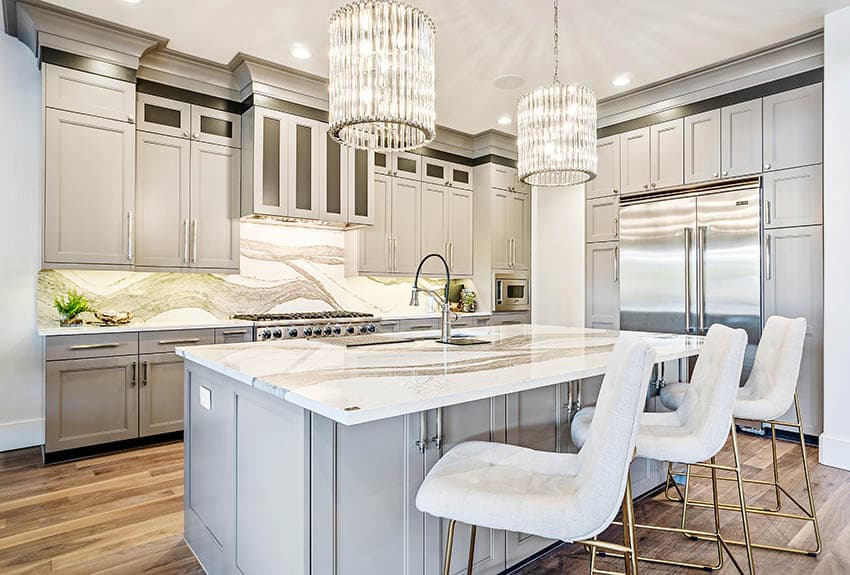
A quartz slab backsplash is a solid piece (or slab) of material rather than broken down into smaller pieces. This can provide an even, smooth appearance unbroken by grout lines. There are quite a few benefits to this as well as catering to personal preferences.
The most talked-about benefit of a solid slab is that it offers a sense of luxury and modernity to a kitchen without an unreasonable price tag.
Quartz Tile
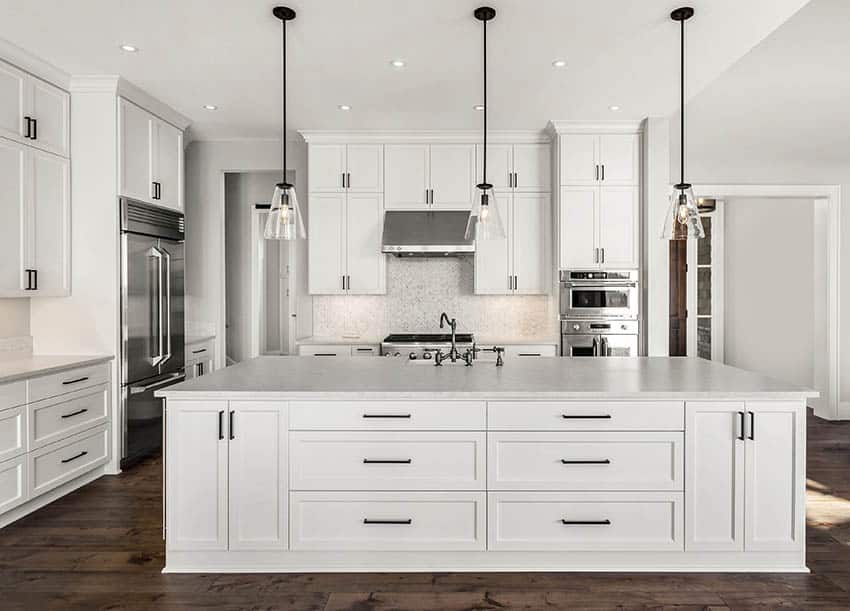
The other option you have is a quartz tile backsplash. This type of product is made up of smaller tiles rather than using a solid slab. The biggest difference here is that you’ll notice grout lines between tiles, whereas slabs look more seamless.
That doesn’t mean that tiles are a complete disadvantage, though. For one, they’ll still help protect your wall as a slab does and maintain a sophisticated look.
However, tiles will suit certain home decor styles better than a slab might. For instance, a kitchen renovated in a rustic or farmhouse design may look more true to the interior design style by using tiles over slabs. See more types of kitchen backsplash on this page.
Full-Height Quartz
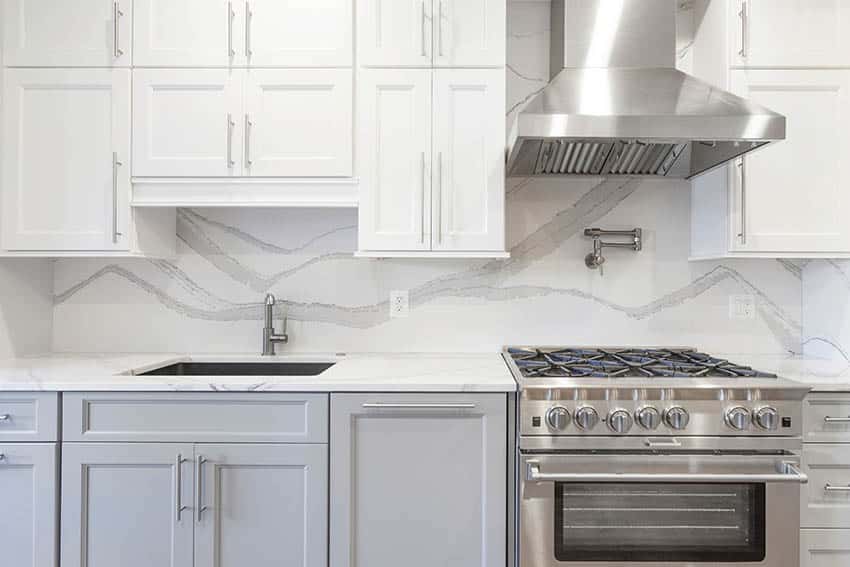
To understand what a full-height backsplash is, it’s important to understand how tall a standard height piece is. Standard backsplashes only extend partially above the counter, usually around 4 inches from the surface of your countertop.
A full-height backsplash goes beyond this measurement. These usually extend completely up the wall to sit flush against wall cabinets or even the ceiling, depending on what you prefer.
This offers more total coverage of your wall, keeping it safe from splashes and spills while you cook. This way, you don’t have to worry about causing a mess every time you cook sauces or soups. This is important in a room such as a kitchen where mess is a pretty common concept.
Backsplash Cost
Like many renovations, the cost of a quartz backsplash can vary depending on a few factors. One of the things that works to a homeowner’s advantage is that quartz is a manmade material. It’s made up of about 10% resins and pigments, with 90% being quartz rock. As such, it has a cost advantage over natural stone options like marble.
The general cost of quartz ranges from $10 to $100. Given these parameters, the average total cost for an installation ranges from $150 to $10,000. This is another concept that can vary based on whether you choose to use tiles or slabs. Tiles tend to come at a lower cost than full slabs.
Quartz Thickness
When it comes to choosing a backsplash when you’re using a slab rather than a tile, there are some unique questions. Some of these questions veer closer to the concepts that most people would consider when purchasing a slab for another purpose – like a countertop! One such example of this is that you need to know how thick your slab should be.
The average thickness of a backsplash of any kind in tile is about 3/16 to ¼ inches. However, once you start considering using slabs, this thickness increases. The average quartz slab is about 1-¼ inches (or 3 centimeters) thick which is what is often used in slab backsplashes.
Quartz Countertops with Backsplash
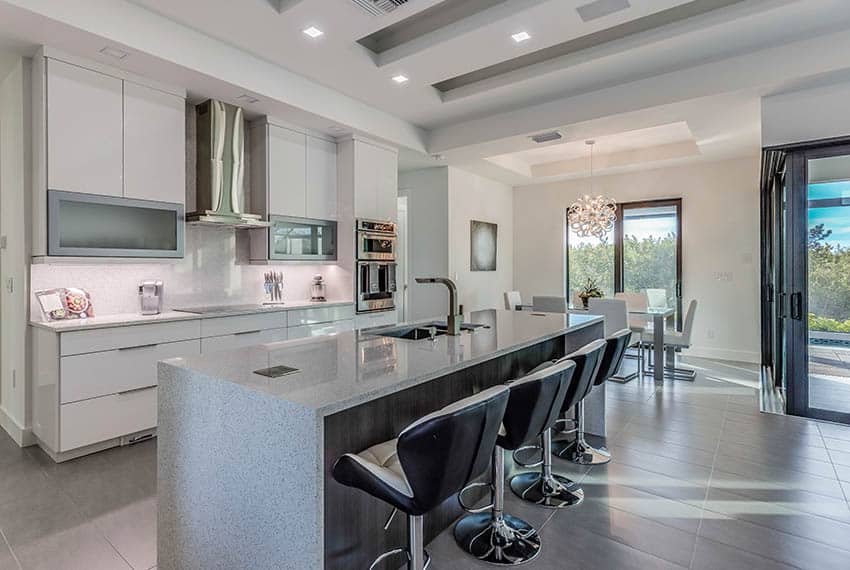
The question of how quartz countertops and backsplash intersect is an important part of kitchen design. After all, these elements are some of the main visual focal points of your kitchen, alongside concepts like cabinet colors and materials. If you want a quartz backsplash in your kitchen, it’s worth considering matching it with countertops. This way, they will complement each other rather than clash.
It is worth noting that if you want your quartz countertop and backsplash to match perfectly, you should consider slab over tile. Due to the nature of the material, tiles are often difficult to match perfectly to an existing countertop. In addition, you can bookmatch the ends so that the stone graining looks just like it would in nature with impressive results.
White Quartz
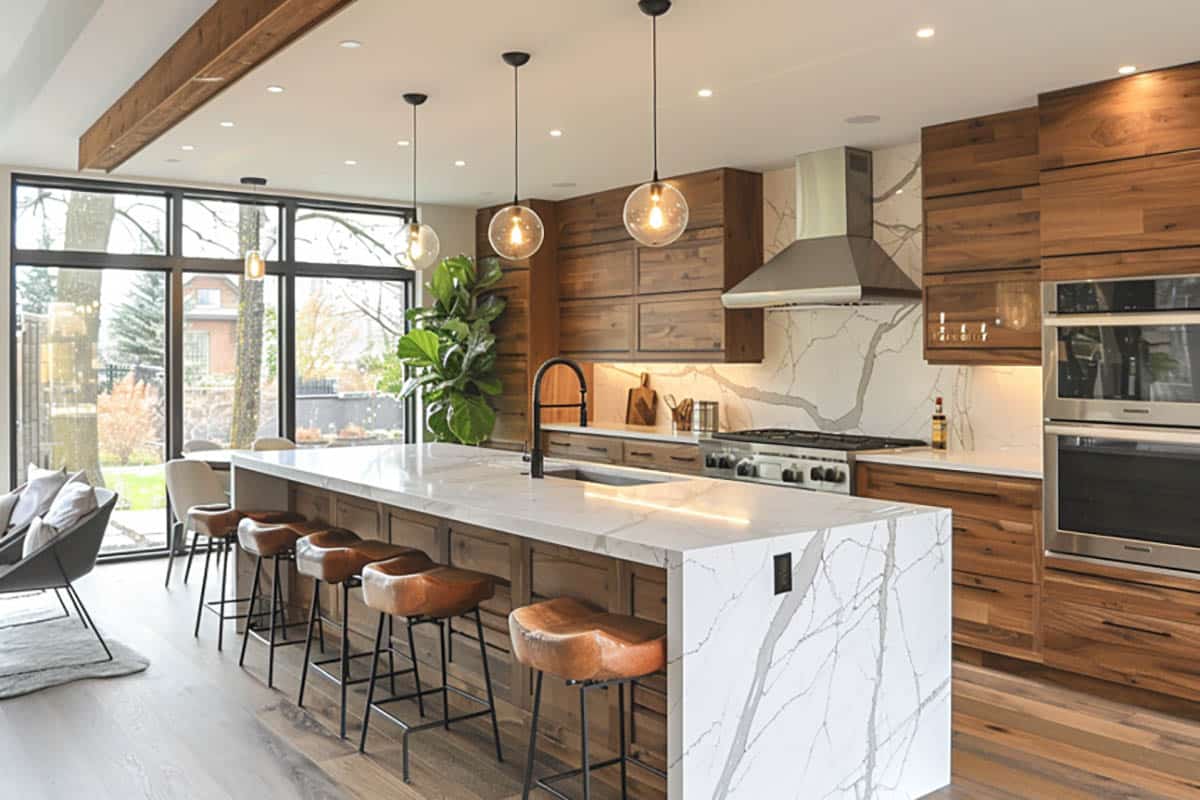
Of course, not all quartz options look the same. You have a few different options to choose from, but we’ll focus on a white quartz backsplash here. White quartz is a great choice in a few different ways. For one, white is often associated with modern or luxurious designs, elevating your kitchen with just one change. White quartz countertops combined with the backsplash walls can help give your space a contemporary or modern design.
On the other hand, white, when properly maintained, will help give your kitchen a clean appearance. It even makes for a neutral tone if you want to put the focal point in your kitchen to be elsewhere, such as showstopping cabinet colors.
Calacatta Quartz

Calacatta quartz is unique because it has a strong veining pattern – the pattern you see in a lot of natural stone. This makes it advantageous for a few reasons. For one, you have the same durability and affordability. On the other hand, Calacatta, due to its veining, resembles more expensive materials whose appearances are conflated with luxury – like marble.

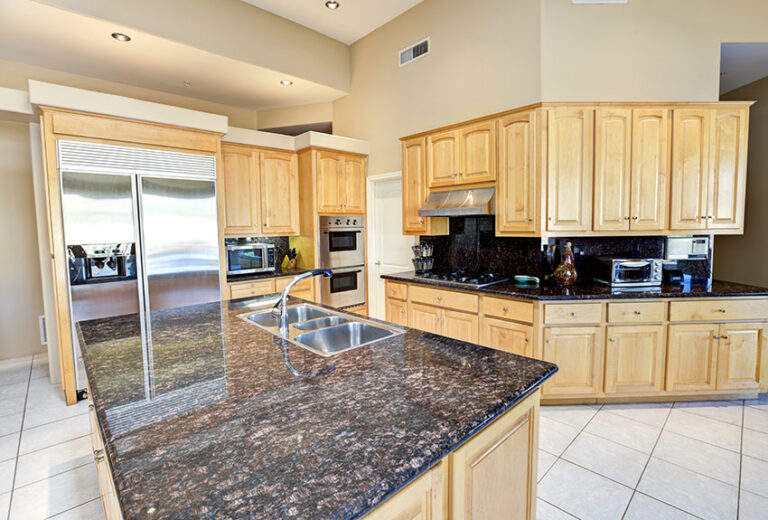
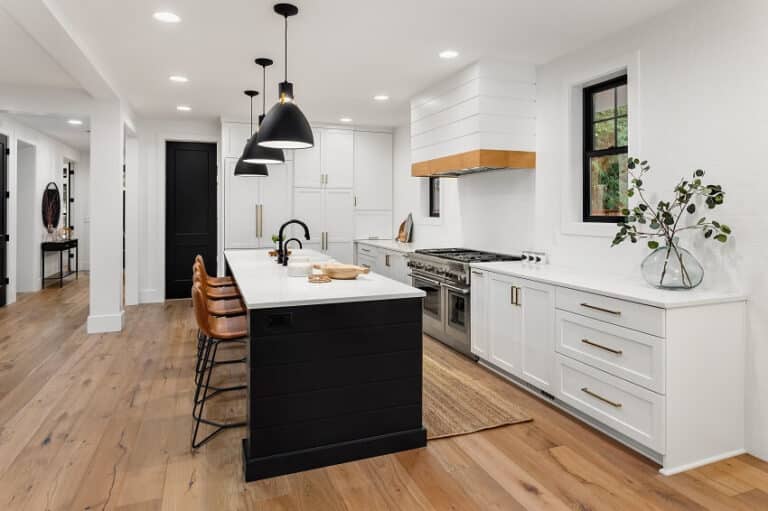
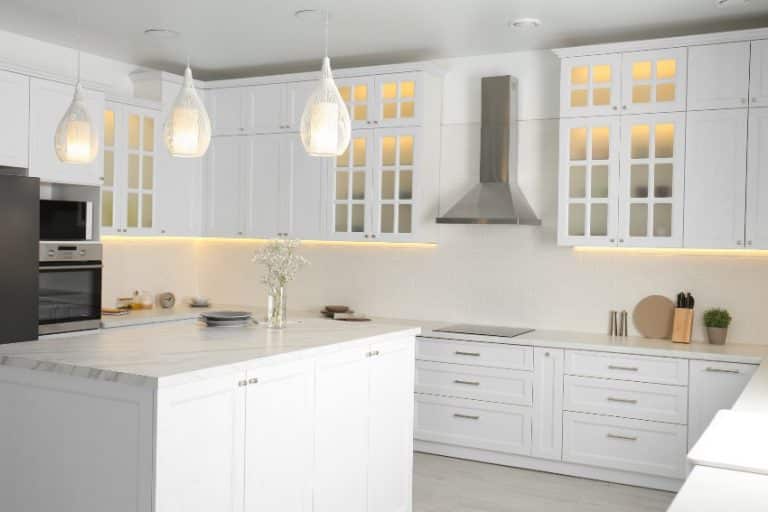

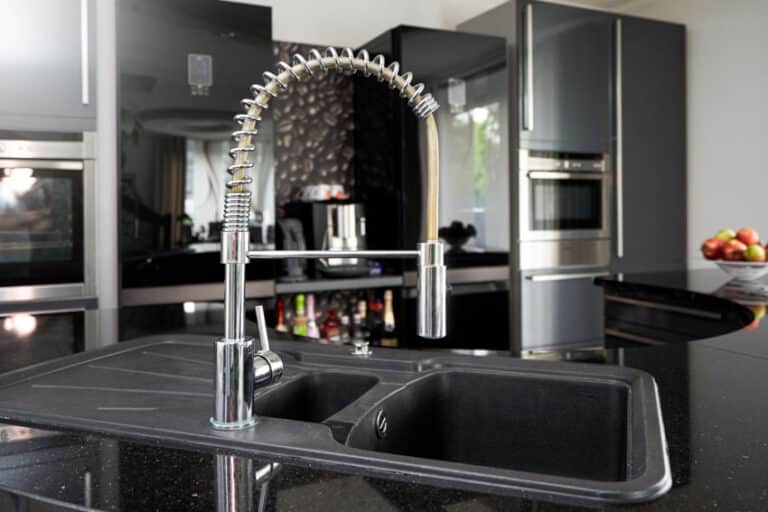
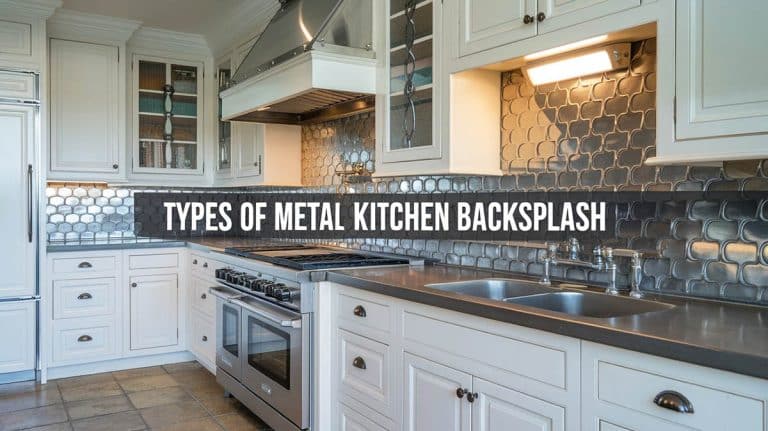
We’re renovating our kitchen and decided on the 1-1/4″ (3cm)quartz countertop. After extensive browsing and data gathering, we decided to use the same material as the countertop for our backsplash. My concern was in thickness – will my wall (drywall on stud) support the vertical installation of the 3cm slab? The backsplash will be from the countertop up to the bottom of the cabinets, a bit more extended behind the sink and the range. Also, will the 3cm thick backsplash impact placement of faucet behind the sink? Thanks.